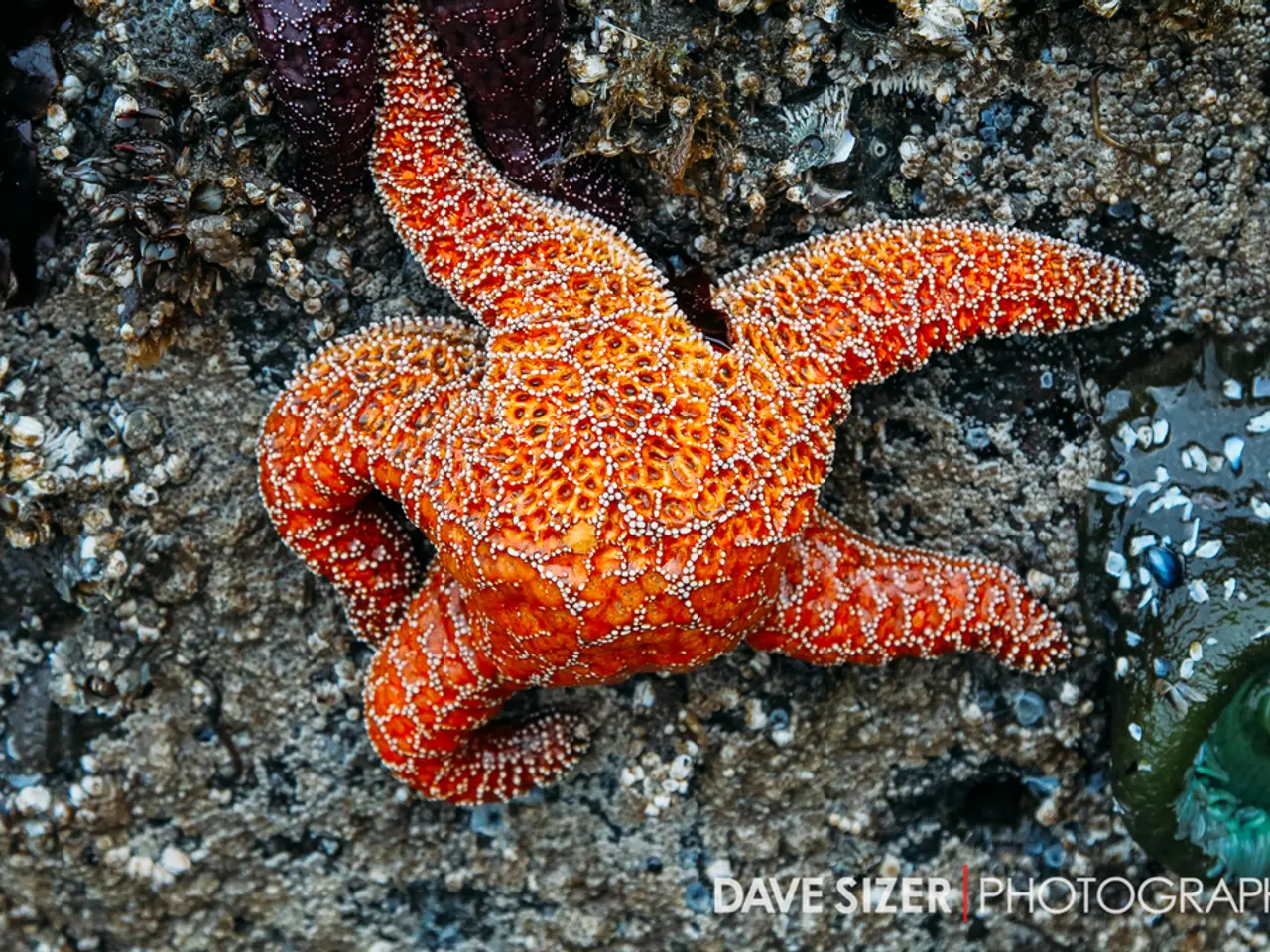Marauding Species Responsible for Devouring over 10 Million Fish in a Few Hours
In a remarkable find, a team of Norwegian oceanographers and researchers from MIT discovered the largest predation event ever documented on Earth, off the coast of Norway near Finnmark. This unprecedented event was published in the prestigious journal, Nature Communications Biology in October 2024.
The discovery reveals previously unknown complexities about oceanic predator-prey interactions on a large scale. In this instance, Atlantic cod consumed an estimated 10.6 million anchovy-sized capelin fish in just four hours.
The event, triggered by a marine heatwave known as "The Blob," caused the worst single-species die-off in modern history with an estimated loss of 4 million common murres (Uria aalge) in Alaska. This massive predation and mortality event reflected significant ecosystem disruption caused by climate-induced changes, including unusually warm water spreading from the Eastern Bering Sea to the Gulf of Alaska.
The implications of such a large-scale predation and die-off event in marine ecosystems are profound. The massive decline in a key seabird species likely altered predator-prey relationships and nutrient cycling within the affected coastal ecosystems. The event highlights how climatic anomalies can trigger cascading effects on marine biodiversity and population stability.
These impacts signal increasing risks to marine species and underline the importance of monitoring and mitigating human-induced climate change effects on ocean ecosystems. The study also emphasizes the need for ongoing research to understand the broader ecological roles of large marine predators like sharks in coral reef regulation, and the accelerating stressors—such as ocean warming and deoxygenation—that threaten marine biodiversity globally.
Additionally, the discovery showcases potential ramifications of anthropogenic climate change for marine ecosystems. As a significant amount of the mapped seafloor remains largely unknown, further exploration and research are crucial to understanding the extent of these impacts. Life has been found in strange places in the Pacific Ocean, and it is likely that more surprises await us in the depths of our oceans.
As we continue to learn more about these massive predation events, it becomes increasingly clear that they reflect and contribute to ongoing ecosystem shifts. The urgent need for research-informed marine conservation is more important than ever to ensure the health and resilience of our planet's oceans.
- The discovery in oceanic predator-prey interactions, published in Nature Communications Biology, illuminates the impact of technology like marine heatwaves on the behavior of species, such as the predation event caused by "The Blob."
- In the realm of environmental science, the event's consequences signify the potential effects of climate change on health-and-wellness and fitness-and-exercise, exemplified by the decimation of sea bird populations like the common murres (Uria aalge).
- The study of marine ecosystems, including the roles of large predators like sharks in coral reef regulation, is crucial for the development of science-based strategies aimed at preserving the environment and promoting fitness-and-exercise by maintaining biodiversity in the face of accelerating climate-change-induced stressors.




